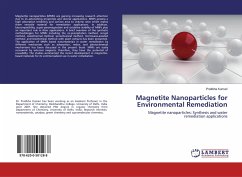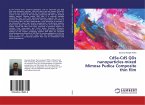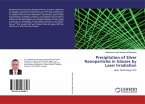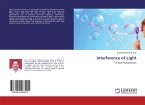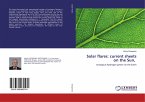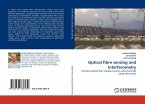Magnetite nanoparticles (MNPs) are gaining increasing research attention due to its astonishing properties and diverse applications. MNPs possess a high adsorption tendency and surface area to volume ratio which makes them versatile material for remediation applications. In addition, biocompatibility, super-paramagnetism and oxidative stability of MNPs play an important role in their applications. A brief overview of the synthetic methodologies for MNPs including the co-precipitation method, sol-gel method, solvothermal method, sonochemical method, microwave-assisted method, and biochemical method with plant extracts has been presented. The application of MNPs based nanomaterials in water remediation by different mechanism such as adsorption, redox, and photochemical mechanisms has been discussed in the present book. MNPs are easily recovered by external magnets; therefore, they have the potential of reusability. The studies summarised the recent development in magnetite-based materials for its commercialized use in water remediation.
Hinweis: Dieser Artikel kann nur an eine deutsche Lieferadresse ausgeliefert werden.
Hinweis: Dieser Artikel kann nur an eine deutsche Lieferadresse ausgeliefert werden.

